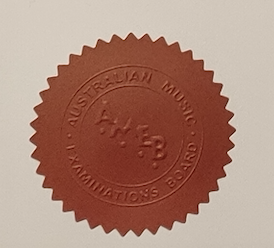The Curious Case of Azure Key Vault Defender Alerts - When Security Settings Play Hide and Seek
A leader takes people where they want to go. A great leader takes people where they don’t necessarily want to go, but ought to be. —Rosalynn Carter, former First Lady
The Curious Case of Azure Key Vault Defender Alerts: When Security Settings Play Hide and Seek
TL;DR 🚀
Got a stubborn Azure Defender alert about Key Vault firewall even after configuring everything correctly? Don’t panic! Sometimes you need to do a little dance with the settings to make Azure acknowledge your changes. Read on for the full story and solution.
The Mystery 🔍
Picture this: You’ve done everything by the book. Your Azure Key Vault is locked down tight with:
- Private endpoint? ✅
- Public access disabled? ✅
- Network security properly configured? ✅

Yet, Azure Defender keeps wagging its finger at you with the alert: “Firewall should be enabled on Key Vault.” Frustrating, right?

The Plot Thickens 🕵️♂️
After diving deep into this mystery, we discovered something interesting about how Azure Defender processes these security configurations. It’s like trying to wake up a sleepy guard - sometimes you need to give them a gentle nudge!
The Secret Sauce: The 30-Minute Rule… Sort Of 🕒
According to the official Defender recommendation details page, changes should reflect within 30 minutes. But here’s where it gets interesting:
- Sometimes it takes longer
- Sometimes it doesn’t sync at all
- And sometimes… well, it needs a special trick to wake up
The Magic Solution 🎩✨
Here’s the clever workaround that actually works:
- The Configuration Dance:
- First, change your Key Vault settings to a different configuration
- Then change them back to your desired secure settings
- For example:
- Temporarily enable public access
- Wait a few minutes
- Disable public access again
- Ensure private endpoint is configured
- The Waiting Game:
- Wait for approximately 30 minutes
- Watch the magic happen as the alert disappears
Why Does This Work? 🤔
Think of it like refreshing a stuck webpage. By changing the settings and changing them back, we force Azure’s backend to:
- Recognize that a change has occurred
- Re-evaluate the security status
- Update the Defender recommendations
Best Practices Reminder 🛡️
While dealing with this quirk, remember to maintain security best practices:
- Keep private endpoints enabled
- Restrict network access appropriately
- Monitor your Key Vault access logs
- Regular security review of access policies
The Happy Ending 🌟
By following this approach, you can finally bid farewell to that persistent Defender alert while maintaining your Key Vault’s security posture. It’s a small price to pay for keeping your secrets safe!
Share Your Experience 💭
Have you encountered similar issues with Azure Defender alerts? How did you handle them? Share your stories in the comments below!
Remember: Security is a journey, not a destination. Sometimes we just need to know the right dance moves to keep our Azure resources secure and compliant! 🚀
#Azure #Security #KeyVault #CloudComputing #DevOps #TechTips
–HTH–

